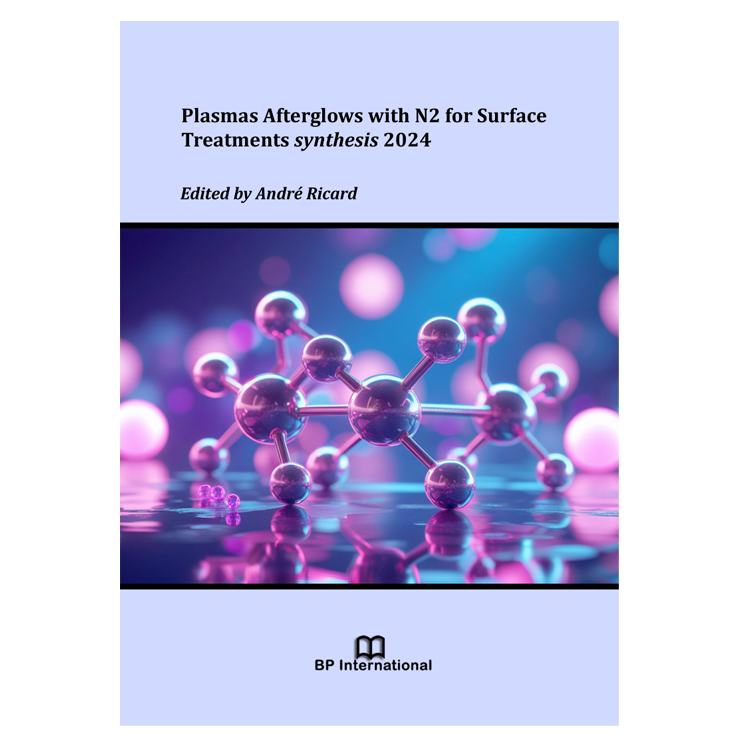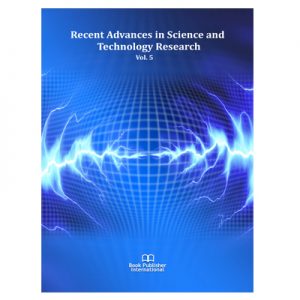Various ionized gases are plasmas. They are present in the universe (stars), in the ionosphere and in the magnetosphere. They are manufactured on earth for numerous applications such as reactors for controlled fusion, arcs for mineral fusion and for welding, gas laser discharges, arcs for lighting, discharges for chemical synthesis of various products (enrichment of olefins), discharges for surface treatments (deposition of new materials, nitriding). Plasmas are characterized by high temperatures for thermonuclear fusion (108 K), in electrical arcs (104K) and also in various electrical discharges where only the electrons are at high temperatures (104 to 105K), the neutral molecules being near room gas temperature.
Such high temperatures specify the plasma medium as the fourth state of matter, after the solid, liquid and gas states.
The presently studied reactive plasmas are characterized by hot electrons (104-105K) and a cold neutral gas (300-1000 K). The electron energy is transferred to the neutral gas not only for the gas heating but mainly to excite and to ionize the atoms or molecules on states of high potential energy. The excited ions, atoms or molecules, produced by electron collisions, characterize the reactive plasmas which are of special interest in the process of surface treatments.
This book is focused on the production of plasma active species containing N2 which are molecules in electronic, vibrational and rotational states and dissociated atoms or radicals.
The book chapters are organized by considering first the plasmas conditions (chap. 1-6) starting from low to high gas pressures and from fundamental (chap. 1-5) to applied results (chap. 6). Then it is joint fundamental results of mixed plasmas and afterglows (chap. 7-11). The larger part of the book concerns the afterglows (chap. 12-27) with the same previous classification of low to high gas pressures and of fundamental (chap. 12-20) to applied results (chap. 21-27).
A recent review on low temperature plasma science and technology is reported in the following paper:
I.Adamovich, S.Agarwal, E.Ahedo, L.L.Alves, S.Baalrud, N.Babaeva, A.Bogaerts, A.Bourdon, P.J.Bruggeman, C.Canal, E.H.Choi, S.Coulombe, Z.Donkó, D.B.Graves, S.Hamaguchi, D.Hegemann, M.Hori, H-H.Kim, G.M.W.Kroesen, M.J.Kushner, A. Laricchiuta, X.Li, T.E.Magin, S.Mededovic, V.Miller, A.B.Murphy, G.S.Oehrlein, N. Puac,R.M.Sankaran,S.Samukawa, M.Shiratani, M.Šimek, N.Tarasenko, K.Terashima, E.Thomas, J.Trieschmann, S Tsikata, M.Turner, I.J.van der Walt, M.C.M van de Sanden, T.von Woedtke.The 2022 Plasma Roadmap: low temperature plasma science and technology. J. Phys. D: Appl.Phys. 55 (2022) 373001.
With the following contents:
1. New plasma excitation and generation approaches 2. Extreme plasma regimes 3. Plasma–liquid interactions 4. Dusty plasmas 5. Atomic layer etching (ALE) and deposition 6. Nanostructures and nanomaterials 7. Additive manufacturing (AM) and coatings 8. Plasma engineering of soft materials and biomaterials 9. Medical plasma applications 10. Contribution of plasma to combat COVID-19 11. Plasma agriculture and innovative food cycles 12. Plasma pollution control 13. Electrification of chemical conversions 14. Plasma propulsion (PP) 15. Plasma assisted combustion and hypersonics 16. Thermal plasma applications 17. Plasma diagnostics 18. Theory, modeling and simulations 19. Diagnostics and modeling of plasma–surface interactions 20. Atomic, molecular and transport data 21. Data-driven plasma science and technology.





